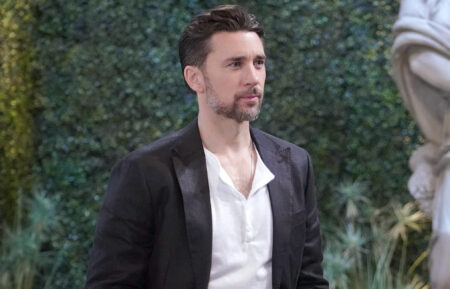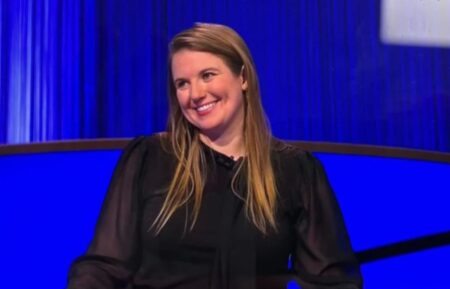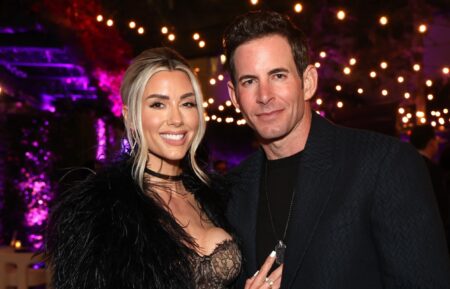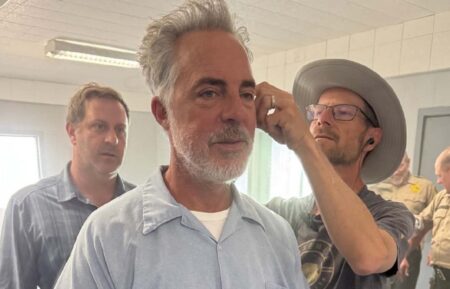‘Big Family: The Story of Bluegrass Music’ Traces the Genre’s Roots
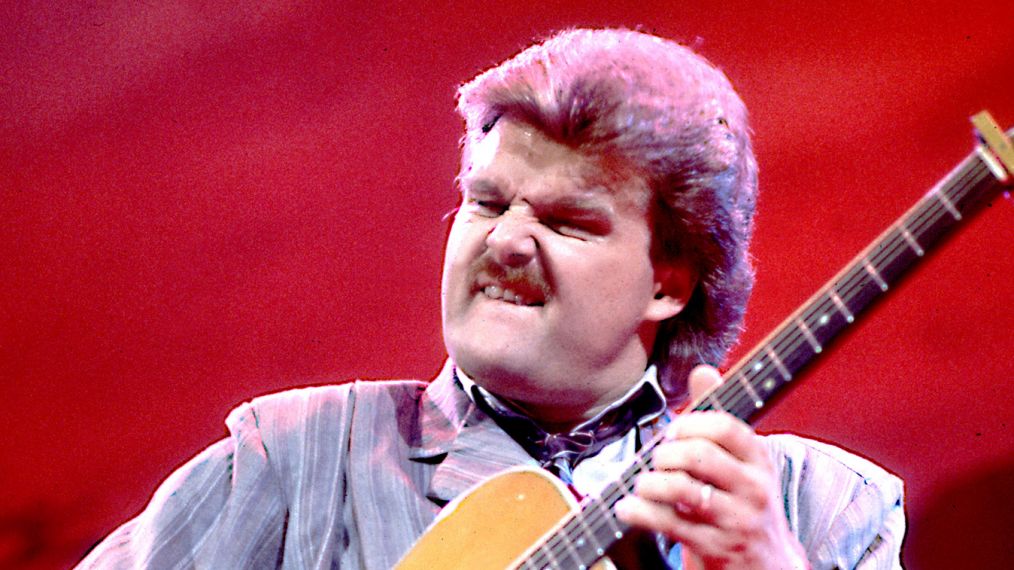
Preview
The father of bluegrass, Bill Monroe, and his genre of harmonies and high-speed pickin’ take center stage in Big Family: The Story of Bluegrass Music, a two-hour history lesson narrated by actor and banjoist Ed Helms.
Through interviews with the likes of Del McCoury, Bela Fleck, and Ricky Skaggs (above, in 1984), the film traces the music’s roots, from Irish and Scottish immigrants who brought their fiddles and heartache to the Appalachian Mountains, to innovators such as banjo great Earl Scruggs and moments when bluegrass hit the mainstream. Who can hum “The Ballad of Jed Clampett”? Who didn’t own the O Brother, Where Art Thou? soundtrack?
The notion of bluegrass as a big family springs from musicians’ tendency to perfect their craft. In Skaggs’ words, “[It] starts in a living room, then it moves out to the front porch, then maybe we can get some of the neighbors that are forgiving as can be to come up to hear us play.”
The music also knows no nationality, which the doc illustrates via the well-established Tokyo bluegrass scene. Artists like Jeff Hanna describe touring Japan in the ’70s, when fans treated the Nitty Gritty Dirt Band like the Beatles. At 21, Skaggs visited as a member of J.D. Crowe & the New South; a teen approached him with a mandolin similar to one he’d used with Ralph Stanley and the Clinch Mountain Boys earlier in his career.
“He wanted me to hear [him play] the solo I had recorded on the song ‘Katy Daly,'” Skaggs recalls. “He had every note and every little nuance down. It was kind of scary that he could learn something that quick and that intricately. But it was precious to see how this music had really touched a nerve in their hearts.”
Big Family: The Story of Bluegrass Music, Documentary Premiere 9/8c, PBS (check local listings at pbs.org)
From TV Guide Magazine
How 'Countdown' Recruited Jensen Ackles to Go Full 'Die Hard'
Countdown boss Derek Haas talks creating the character around Ackles, and the cast teases the “Avengers”-like team of the crime thriller. Read the story now on TV Insider.




